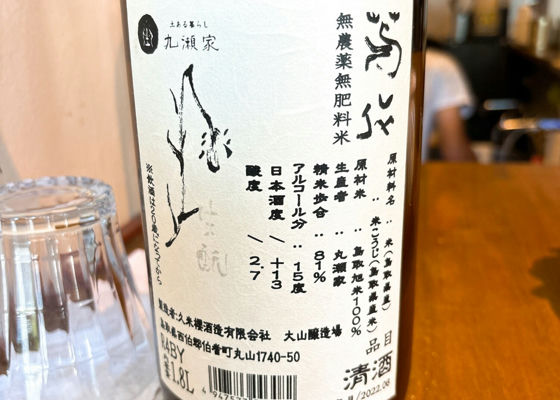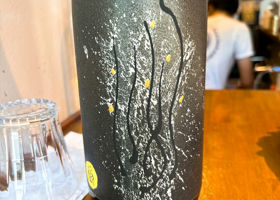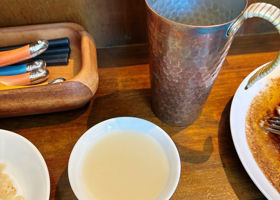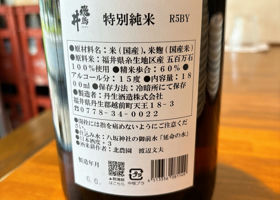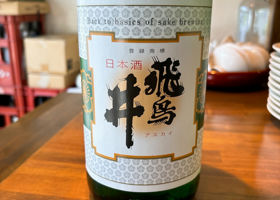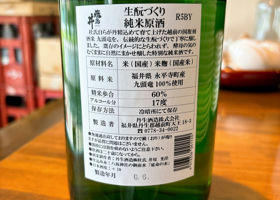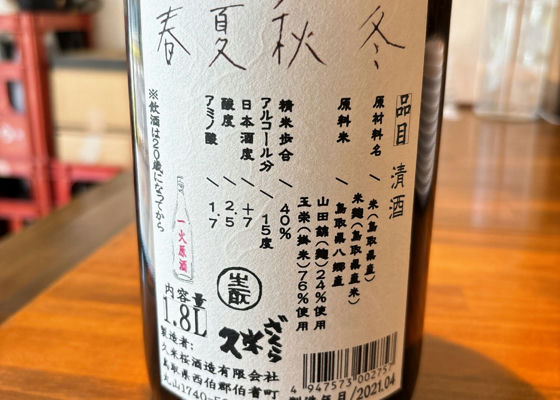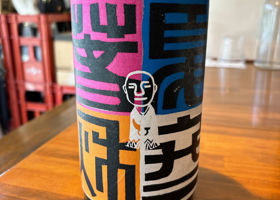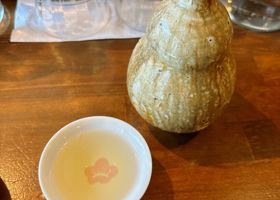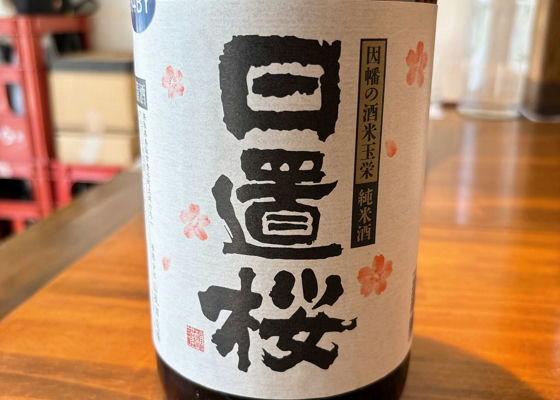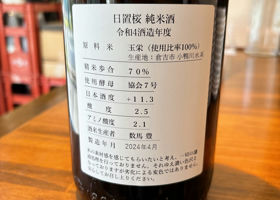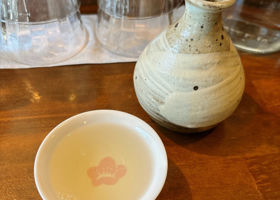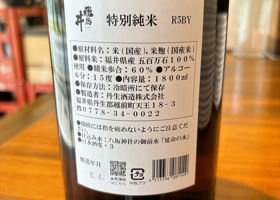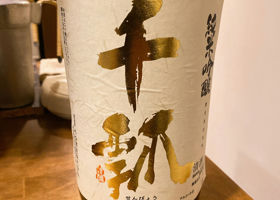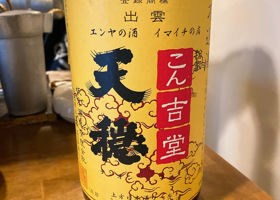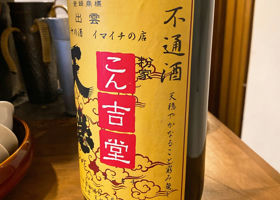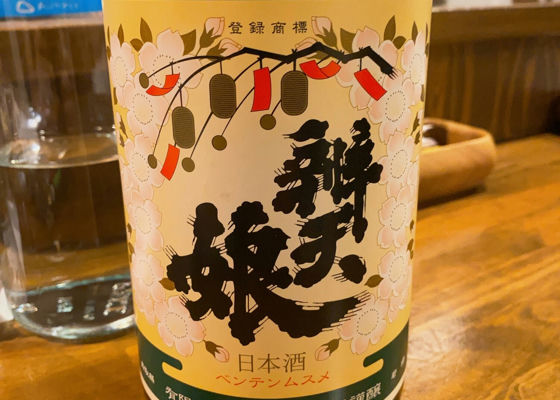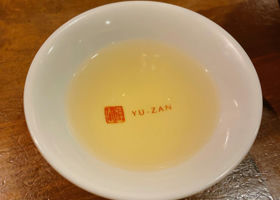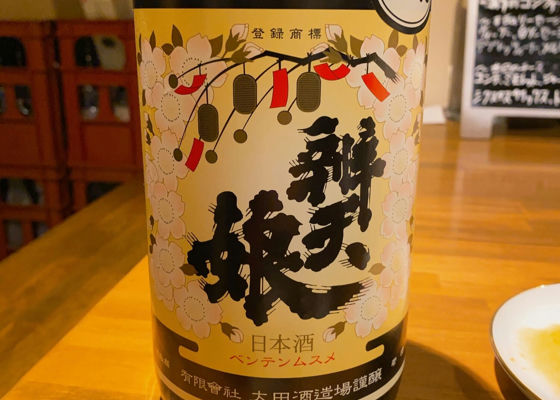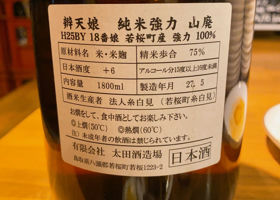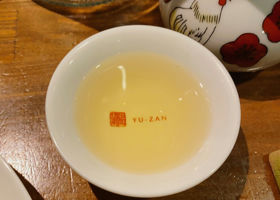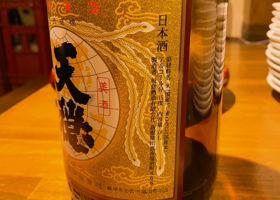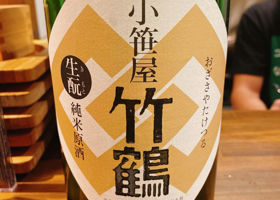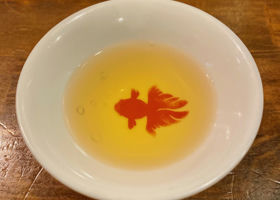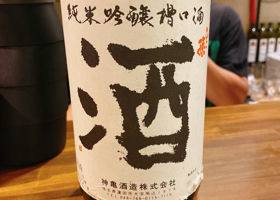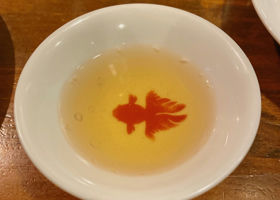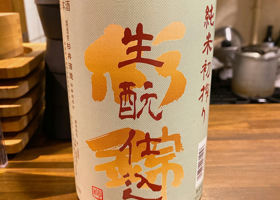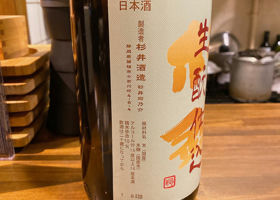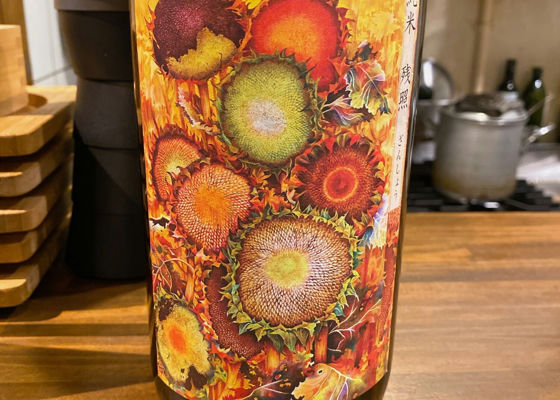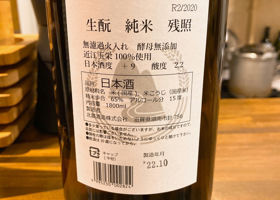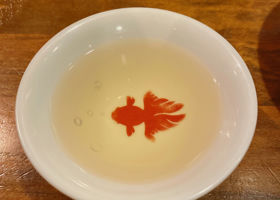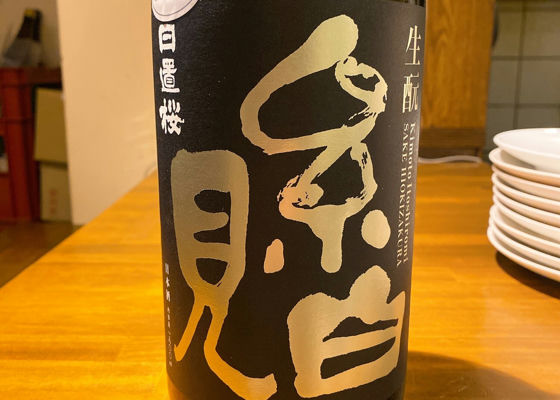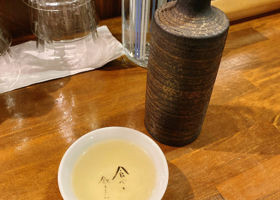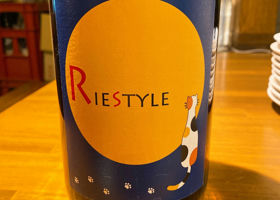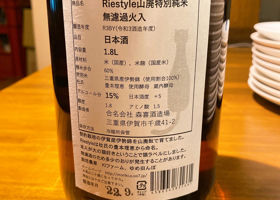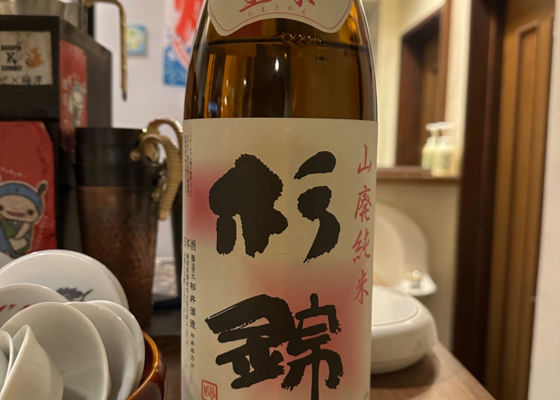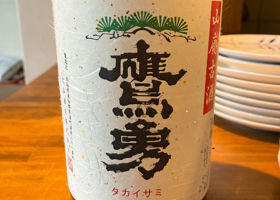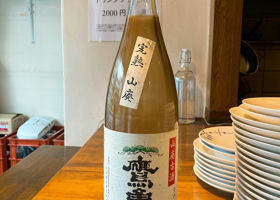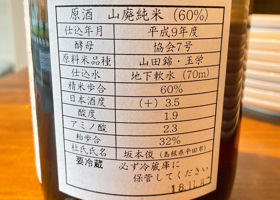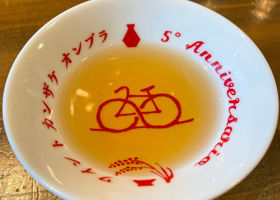Timeline
やす☆Heated. The color is a little yellow. It has a mild nigori rice flavor, but the acidity from the sake yeast makes it crisp and clean, so it doesn't linger.
It says R4BY, to be bottled in June 2022, but isn't that impossible? やす☆It is the same BY as the one we drank in May, but the rice is from a different region.
It was warmed to a lower temperature than the one we drank just before. It also has the sweetness and umami of rice, but this one has a gentler flavor, perhaps due to the difference between the sake and the fast brewing process. fukuchaneI don't know this brand. Fukui is also deep. やす☆Good evening, fukuchane. I have only had this brand in this store 😅. やす☆Warmed to a high temperature. Mellow and soft, with a sweet and umami taste of rice that expands and has a nice sharpness. やす☆Warmed. The color is almost amber.
It has a soft sweet flavor of 40% polished rice with a hint of maturity, and it is sharp with the acidity of the sake. Is the aging process giving it a candy-like sweetness? やす☆R4BY was served warm. The color is pale yellow.
The mild sweetness developed as it warmed up. Compared to the previous day's Tamakage Tamakage, it has a gentle sharpness in spite of its sake and acidity levels. やす☆The first Asukai was served warm.
It has a full, rich flavor that is hard to imagine from a 60% polished Gohyakumangoku sake, and it has a nice sharpness. I have never had it cold or at room temperature, but it looks good heated. やす☆The first Senpyo was served warm.
It has a mellow, soft sweetness and umami flavor typical of a 55% polished sake. Similar to the Tenjyo we drank the same day, but with a more delicate image with a stronger rice sweetness. やす☆H28BY. a collaboration sake between Tenju and Konkichi-do served at the Kamigata Sake World in 2009.
The color is yellow. It has a mildly matured taste and a soft sweet flavor from 60% polished rice. The alcohol content is low and the taste is generally gentle. やす☆H23BY was served warm.
The color was not much different from the H25BY we drank just before, but it still had a stronger sense of maturity and a stronger sense of sharpness. On balance, I prefer the H25BY. やす☆H25BY was served warm. The color is slightly yellow.
It has a moderate firmness and finishes with a slight burnt sensation. The balance is typical of Benten Musume. やす☆The unfamiliar label of Tenjyu is a low-priced sake for everyday drinking for the local market.
Despite being a low-priced sake, when heated, it has a gentle umami and sharpness that is typical of Tenjyu. The flavor is a little weaker than the usual Tenjyu due to the bias, but it's still delicious enough. やす☆2016BY in warmed water. The color is golden.
It has a good sense of maturity, and the robust and sturdy feel that is typical of Taketsuru is irresistible.
I drank the last of the Taketsuru again😅. 千鳥足Good evening, Yasu☆san 😊.
I confused you with Nikka Whiskey's Mr. Taketsuru 😂🙏 nice Maillard reaction✨. やす☆Good evening, staggered feet😊.
I almost mistake it for whiskey 😅.
I tend to choose the Takekutsuru to finish off at a restaurant that promotes heated sake 🍶. やす☆Hikoson bottled in 2001, served warm. The color is golden.
It has a delicious candy-like, caramel-like sweetness with a slight smokiness. やす☆It has a soft umami flavor when heated. It is softer than Zansho, which was drunk just before, but also has a sharp taste. やす☆R2BY in warm water. The color is slightly yellow.
It is dry like Kitajima and has a strong sense of sharpness even when warmed, but the warming seems to increase the soft umami. やす☆30BY heated up to a gan. The color is slightly yellow. It has a sense of maturity and a soft sweetness that is not typical of a 90% polished sake, but it also has a sharpness to it. やす☆Warmed. It has the mildness of warmed sake, but is rather refreshing. Good sharpness. やす☆This sake was warmed for the first time in about two years. The warmed sake gave it a rounded matured taste, a gentle acidity, and a crispness. やす☆H9BY warmed up. The degree of discoloration on the bottle tells the age of the sake. The color of the sake is reddish, beyond yellow. It has a delicious caramel-like sweetness. RecommendedContentsSectionView.title
